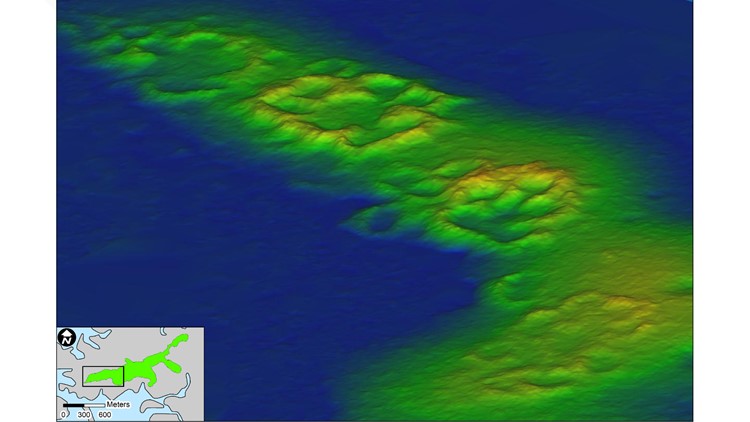Using drone technology, researchers at the University of Florida were able to survey an ancient settlement in a fraction of the time as traditional archaeological methods.
This settlement on Raleigh Island, off Florida's northern Gulf Coast, was a major producer of seashell beads around 900-1200 AD. UF researchers say the beads were used in rituals and were highly prized by communities as far as the Midwest.
"In form, scale and purpose, the Raleigh Island settlement has no parallel in the archaeological record of the American Southeast, Ken Sassaman, co-creator of the study, said in a release.
Raleigh Island is about 60 miles from Gainesville along Suwannee Sound. The area is now a patchwork of islands that are mostly wildlife refuges home to dozens of different species of Florida wildlife.
The study was led by anthropology PhD student Terry Barbour, who said the Raleigh Island settlement is one of the few coastal communities where ancient extensive craft production has been found.
The new findings were published in Proceedings of the National Academy of Sciences. The study also says the remains of the Raleigh Island settlement were first discovered during environmental impact surveys following the Deepwater Horizon oil spill in 2010.
Researchers say drones revealed 37 living spaces enclosed by ridges of oyster shells up to 13 feet tall. Inside these spaces is where massive amounts of beads were created from oysters.
"What we have here is a settlement at the source of this raw material at the time when marine shell was starting to become a heavily demanded social item," Barbour said in a release.
What other people are reading right now:
- Teacher accused of having sex with student found dead along with her husband
- Mom whose toddler was run over by an SUV lost another child in a 2015 crash, deputies say
- Polk County food bank damaged by tornado reopens
- Thief steals thousands of dollars in gifts from Clearwater couple's wedding
- Kayaker captures video of monkeys belly-flopping into Florida river
FREE 10NEWS APP:





